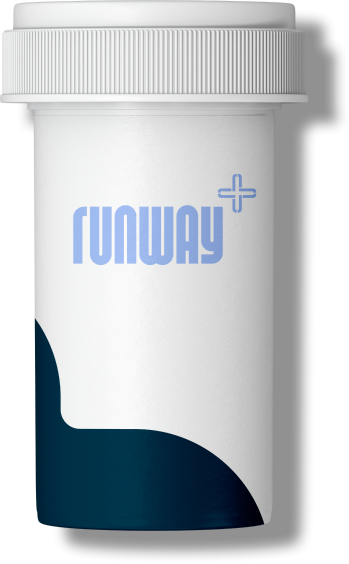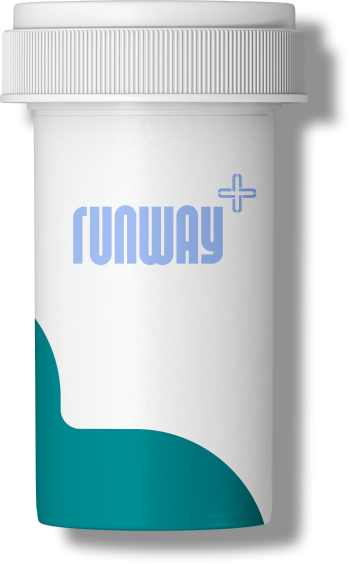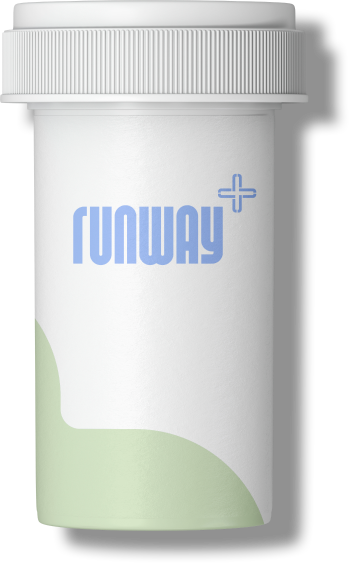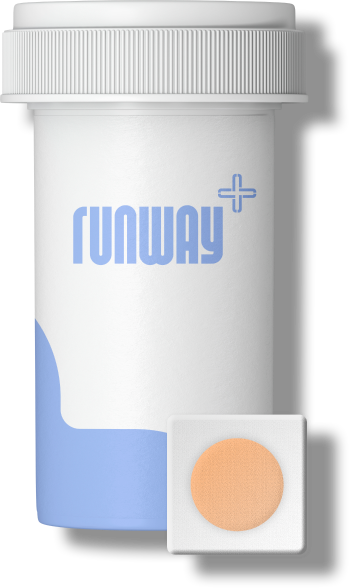Travel Health Guide
Peru
Storied rituals and ancient ruins. Get lost in the remote intricacies of the Amazon, stargaze in the Andes Mountains, and of course, don’t miss hiking to the otherworldly Inca city of Machu Picchu, or sip Pisco Sours by the seaside in Lima- Peru has no shortage of natural, historical, and cultural wonders to enjoy.
Travel Health Guide
Peru
Storied rituals and ancient ruins. Get lost in the remote intricacies of the Amazon, stargaze in the Andes Mountains, and of course, don’t miss hiking to the otherworldly Inca city of Machu Picchu, or sip Pisco Sours by the seaside in Lima- Peru has no shortage of natural, historical, and cultural wonders to enjoy.
Peru Travel Checklist
At Runway, we're looking to empower the traveler with information, resources and access to prescription travel medication. Runway Health Guides are compiled from government sources, local authorities and vetted by a team of licensed travel physicians. From vaccine requirements to medication recommendations, here’s everything you need to know.
Vaccine Entry Requirements For Peru
None
Most travelers get these
when traveling from the US to Peru
Vaccines
Covid 19
Childhood Vaccines:
- Chickenpox
- Diphtheria – Tetanus – Pertussis
- Flu (Influenza)
- Measles – Mumps – Rubella (MMR)
- Polio
- Shingles
- Hepatitis A
- Hepatitis B
Medications
Altitude Sickness Medication
as Peru is a mountainous country and altitude sickness is commonly experienced among people visiting the traditional highlights above 8,000ft, such as the Cusco, Machu Picchu, and parts of the Andes Mountains. Consider traveling with medication for altitude sickness as symptoms set in within the first 6-24 hours.
Traveler’s Diarrhea Antibiotics
to alleviate an intestinal infection resulting from eating or drinking contaminated food or water. It is the most common travel-related illness and can occur anywhere, but the highest-risk destinations are in Asia, Africa, Mexico, Central and South America, and the Middle East.
Not sure what you need?
One of our licensed U.S. physicians can help. Get started with a short online questionnaire.
Some travelers get these
when traveling from the US to Peru
Vaccines
Yellow Fever
even though proof of vaccination is not required to enter, there are certain lowland areas of Peru with a presence of Yellow Fever, especially in the Amazon and eastern region. Consider vaccination if venturing beyond Lima, Cusco, Machu Picchu, and the Inca Trail.
Typhoid
if you are visiting rural or remote areas or enjoying an extended stay in the country.
Medications
Malaria Medication
if traveling beyond popular tourist areas such as Lima, Cusco, Machu Picchu, and Andes regions, where there is low transmission of malaria. Malaria is commonly found in lowland areas throughout the country and especially the Amazon region. Plan ahead- you may have to start taking medication for several days before and after you travel to ensure that it is effective.
Motion Sickness Medication
will ensure your travels by air, land or sea are more enjoyable without nausea and dizziness tagging along.
Sleep Aid
may be a great addition to your packing list if you struggle with jet lag or sleeplessness due to travel stress or time zone changes.
Travel Checklist
At Runway, we're looking to empower the traveler with information, resources and access to prescription travel medication. Runway Health Guides are compiled from government sources, local authorities and vetted by a team of licensed travel physicians. From vaccine requirements to medication recommendations, here’s everything you need to know.
None
when traveling from the US to Peru
Vaccines
Covid 19
Childhood Vaccines:
- Chickenpox
- Diphtheria – Tetanus – Pertussis
- Flu (Influenza)
- Measles – Mumps – Rubella (MMR)
- Polio
- Shingles
- Hepatitis A
- Hepatitis B
Medications
Altitude Sickness Medication
as Peru is a mountainous country and altitude sickness is commonly experienced among people visiting the traditional highlights above 8,000ft, such as the Cusco, Machu Picchu, and parts of the Andes Mountains. Consider traveling with medication for altitude sickness as symptoms set in within the first 6-24 hours.
Traveler’s Diarrhea Antibiotics
to alleviate an intestinal infection resulting from eating or drinking contaminated food or water. It is the most common travel-related illness and can occur anywhere, but the highest-risk destinations are in Asia, Africa, Mexico, Central and South America, and the Middle East.
when traveling from the US to Peru
Vaccines
Yellow Fever
even though proof of vaccination is not required to enter, there are certain lowland areas of Peru with a presence of Yellow Fever, especially in the Amazon and eastern region. Consider vaccination if venturing beyond Lima, Cusco, Machu Picchu, and the Inca Trail.
Typhoid
if you are visiting rural or remote areas or enjoying an extended stay in the country.
Medications
Malaria Medication
if traveling beyond popular tourist areas such as Lima, Cusco, Machu Picchu, and Andes regions, where there is low transmission of malaria. Malaria is commonly found in lowland areas throughout the country and especially the Amazon region. Plan ahead- you may have to start taking medication for several days before and after you travel to ensure that it is effective.
Motion Sickness Medication
will ensure your travels by air, land or sea are more enjoyable without nausea and dizziness tagging along.
Sleep Aid
may be a great addition to your packing list if you struggle with jet lag or sleeplessness due to travel stress or time zone changes.
Build Your Plan
Treatments
Malaria Prevention
Traveler’s Diarrhea
Altitude Sickness
Motion Sickness
Not sure what you need? Chat with a clinician today.
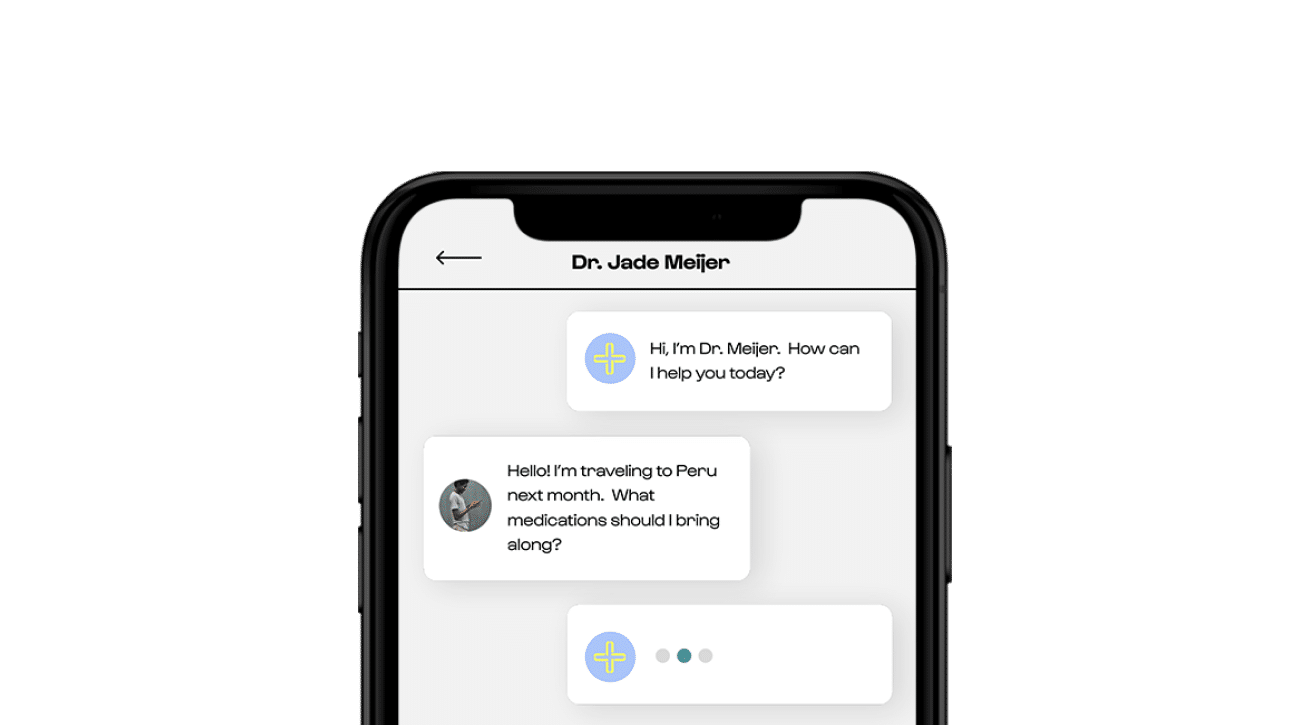
Runway offers travelers like you, the medications you may need before you go.
